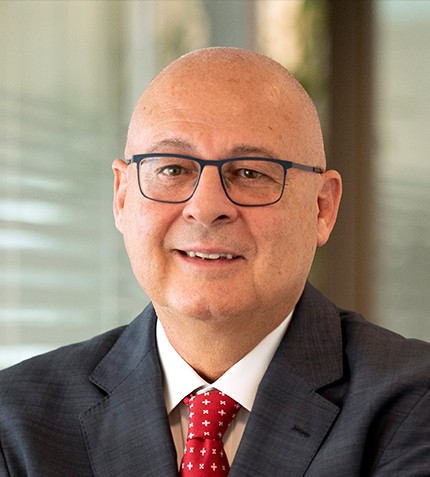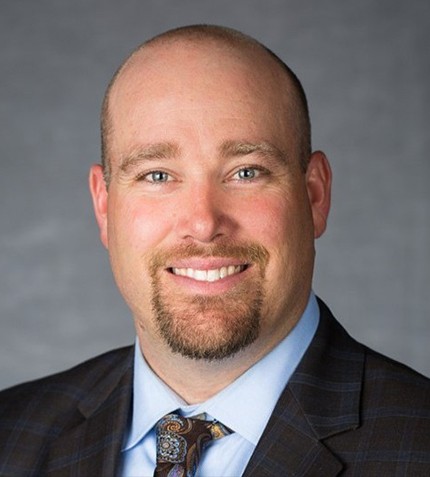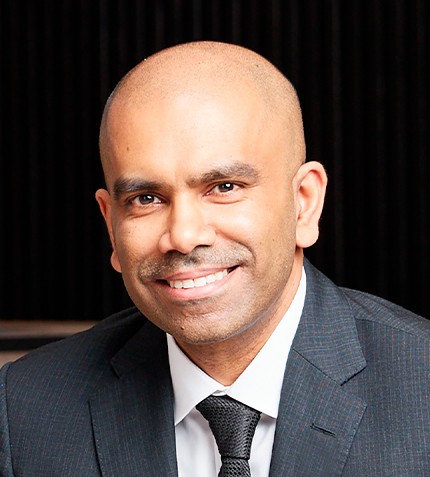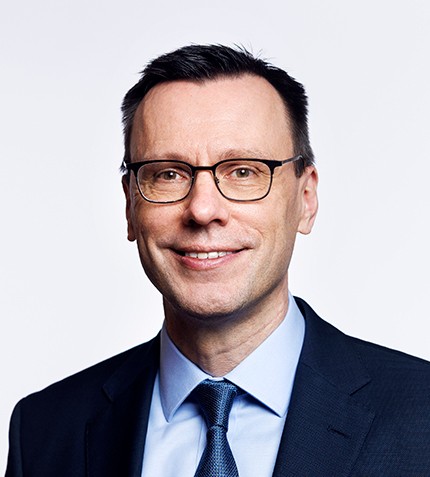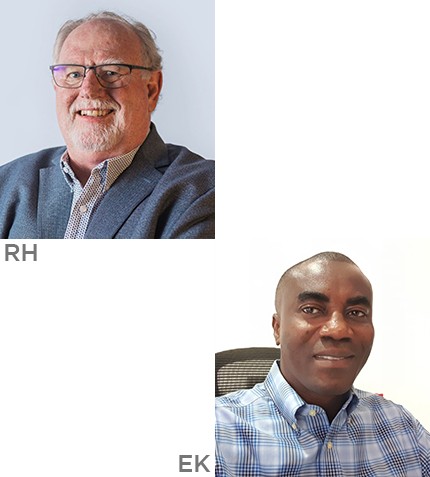
The Golder team grew from 7,000 to over 61,000 people around the world.
Ralph Heath & Ernest Krakani
MANAGING DIRECTOR: EARTH AND ENVIRONMENT, WSP IN AFRICA & COUNTRY LEAD FOR GOLDER│WSP IN GHANA / WEST AFRICA
How has the integration between WSP and Golder evolved over the past year?
RH: It has been a great year for the company and the Golder team grew from 7,000 to over 61,000 people around the world. More than allowing us to unpack a large team of experts, the merger also unlocked additional services not previously offered within our service line. WSP has kept the Golder mining business intact and we continue to use the blueprint and reputation established by Golder within a broader scope and a truly global network. So far, the name of the company is co-branded, retaining Golder’s identity. We want to show that WSP Golder consists of the same people with the same expertise before we fully transition to the WSP name.
Could you walk us through some recent projects in West Africa?
EK: One of the most recent projects is with Genser Energy, a gas supplier based out of Washington with a growing footprint in the region. We support Genser with geotechnical, environmental, and social assessments, and we have found good synergy between their work and ours. Even though this project may not be seen as directly linked to the mining industry, it really is: All mining houses are looking for alternative energy sources, so we are happy to be able to align our strategy with our partners. The second project I would like to bring forward is the design of a TSF facility and water diversion dam for the upcoming Australian miner Tietto Minerals in Ivory Coast. WSP Golder will support the stewardship of the facility throughout its lifetime, which we hope will set up for a long-lasting relationship with the client.
RH: One of the crucial aspects that guide our work is the relationship we build with clients. For example, we have a very solid relationship with Newmont both at their American and African operations, and this enables us to understand their needs and position for continuous growth with the same client. Unlike in other parts of the continent where we work more on operational efficiencies or mine closing strategies, WSP Golder in West Africa is primarily dedicated to greenfield projects, which allows us to engage with clients from the early stages of mine planning to bulk earthworks and road construction.
What are the main growth opportunities you identify for WSP Golder in the future?
EK: In West Africa specifically, new regulations play a big part in our growth journey. For example, the standardization of global tailings management is a key growth driver for us in the region as companies seek to comply with the new frameworks. New market entrants like Asante Gold and Cardinal Resources are also creating new demand. The activity on the gold belt is spreading to other countries like Liberia, though it must be noted that the political instability and multiple military interventions in Mali, Guinea, and Burkina Faso have slowed many projects. Whereas in countries like Guinea we can continue to work, we decided to withdraw from Burkina Faso.
RH: As a commentary on our strategy for geographical expansion, WSP Golder takes a conservative approach: We follow our clients wherever they need us rather than adding flags in new countries and expecting our clients to follow us. The assurance we get from trustworthy clients is necessary for mutual growth. Right now, WSP Golder is working on a couple of new opportunities, one of which has taken us to Gabon together with our client, an ASX-listed explorer preparing for the EIA.
Do you have a final message?
RH: Carbon neutrality, water reduction, and social initiatives are key constituents of a company’s competitiveness, and it is our job at WSP Golder to turn those visions into practicalities at the mine’s site because each mine has a different geology, climate, and social setting. WSP Golder has a well-defined ESG approach to help clients bring that future focus into the current business, but we take a separate journey with each of our clients and we continue to learn from each project, taking every added input into the next project.




